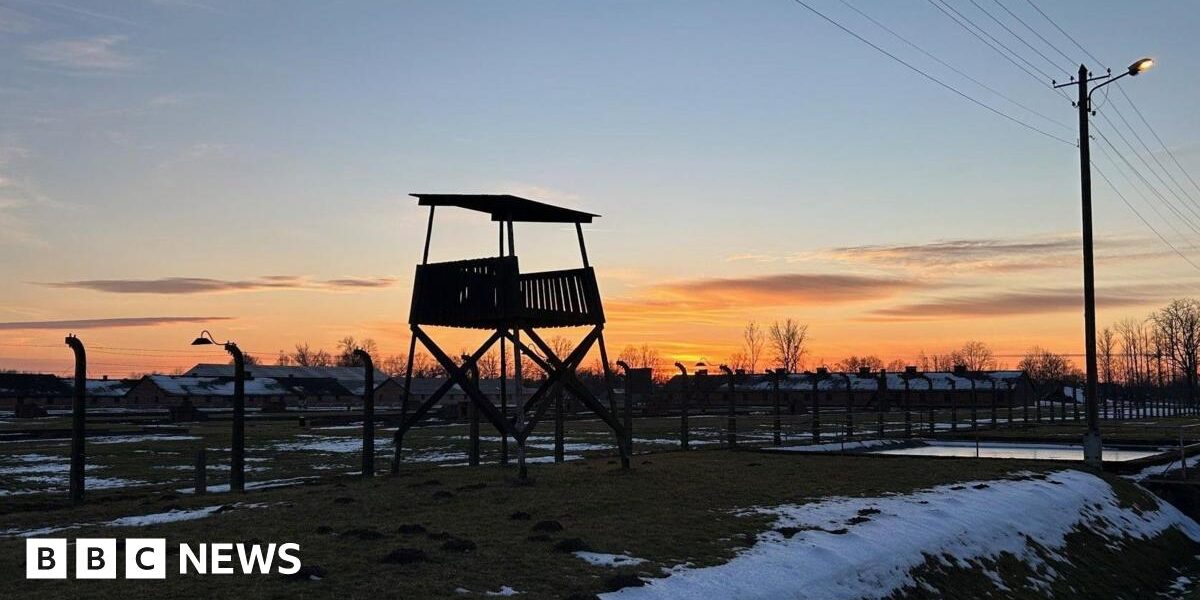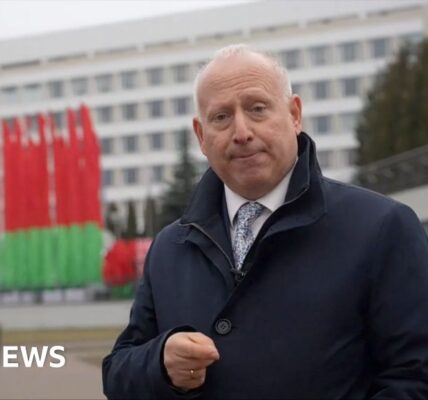German historian Susanne Willems speaks lovingly of the survivors she has met over several decades: “Many were like favourite grandfathers to me. Of course we’ve lost many of them and it’s my duty to carry on and become their witness.”
There will be no political speeches from international leaders beside the Death Gate, and no Russian presence because of the full-scale war launched against Ukraine almost three years ago, even though the camp was liberated by the Russian-dominated 60th Army of the First Ukrainian Front.
Vladimir Putin attended the 60th anniversary; he is not welcome now.
The Nazis’ decision to wipe out Europe’s Jewish population in extermination camps went into operation early in 1942. Six were built in occupied Poland: at Chelmno, Belzec, Sobibor, Treblinka, Majdanek and Auschwitz-Birkenau.
Treblinka was far smaller than Auschwitz, and yet 800,000-850,00 Jews were murdered there in a far shorter period.
Heinrich Himmler, supreme chief of the dreaded SS, and camp commandant Rudolf Höss oversaw the expansion of the Auschwitz complex to construct a second camp at Birkenau for industrial murder.
By the end of 1942 there were four separate gas chambers and crematoria.





